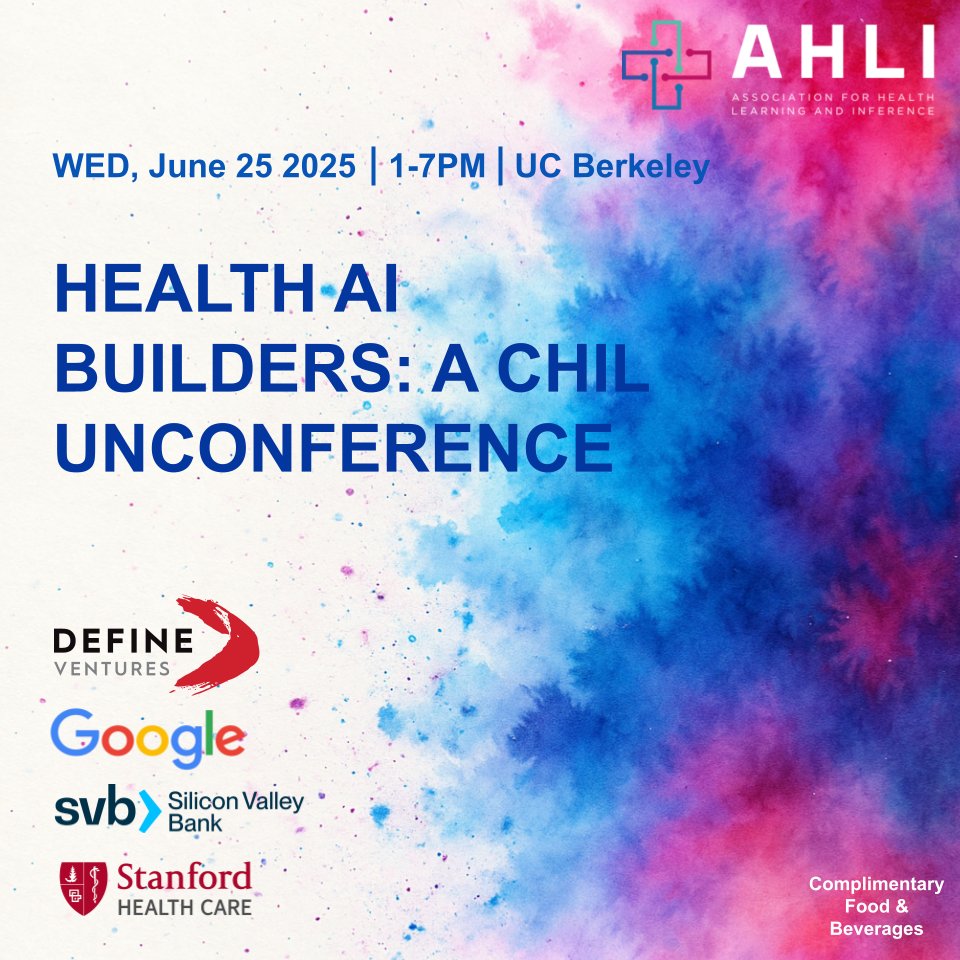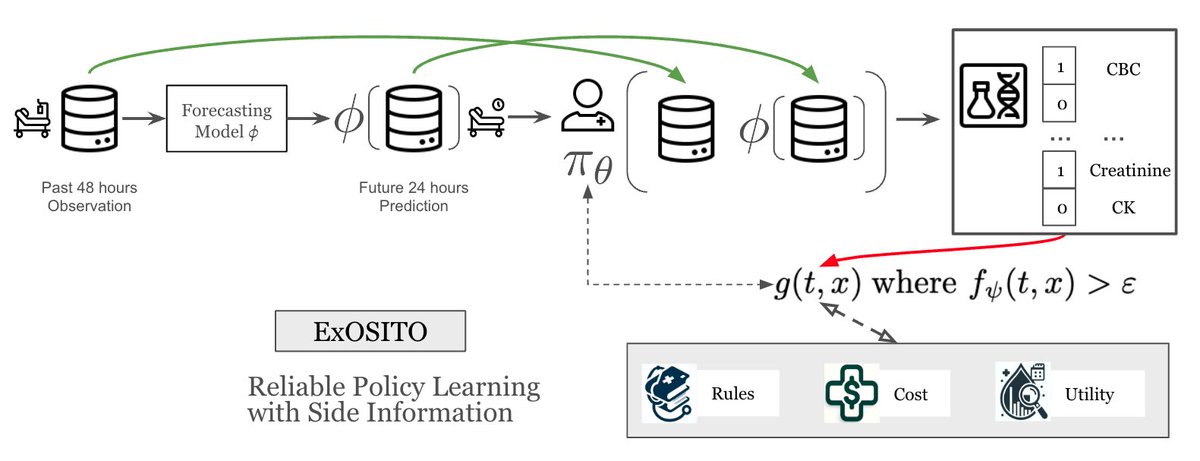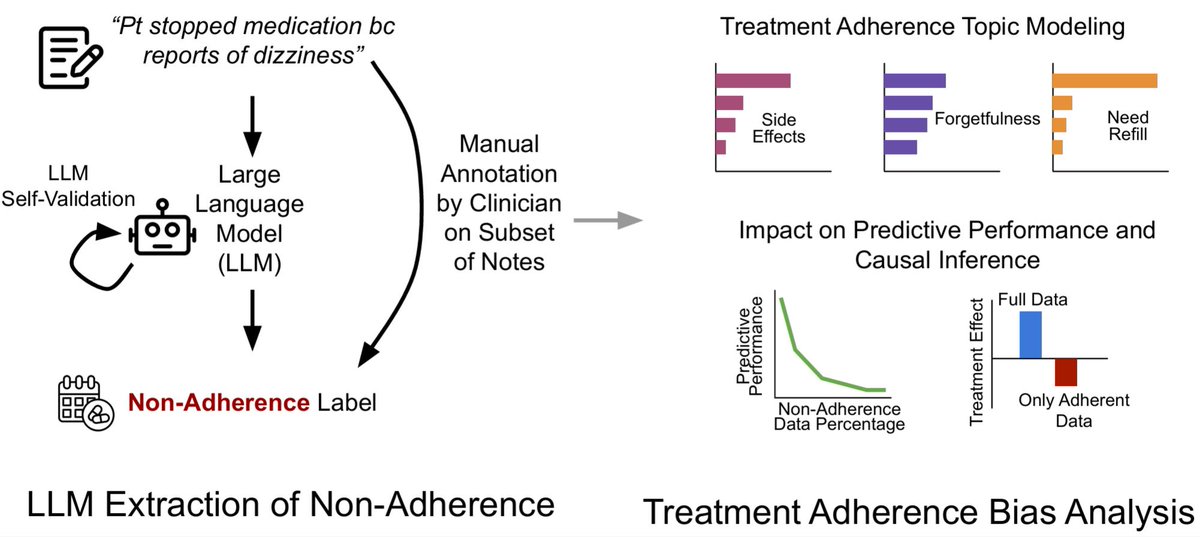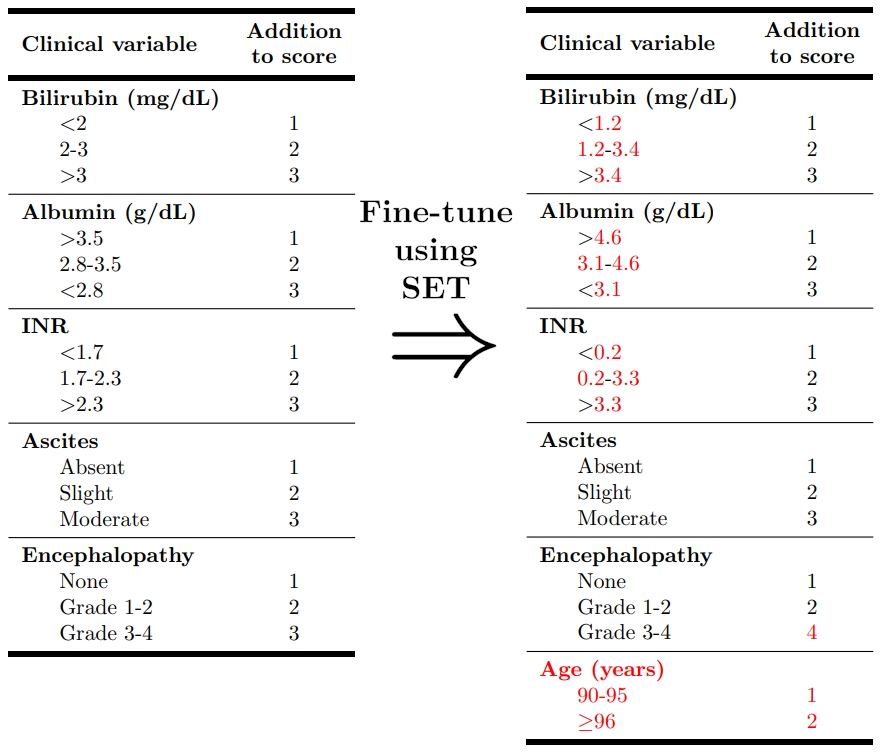
chilconference
@chilconference
** IMPORTANT DATES FOR 2025 **
Jan 15 - Submission site opens
Feb 10 - Submission deadline
Apr 9 - Author notification
ID: 1189306674600906754
http://www.chil.ahli.cc 29-10-2019 22:23:38
420 Tweet
1,1K Followers
33 Following


Introducing KEEP! A lightweight method that bridges knowledge graphs with real-world data to produce interpretable code embeddings; in our experiments, KEEP outperforms LM embeddings in semantic accuracy and clinical prediction tasks. Gamze Gürsoy #CHIL2025papers
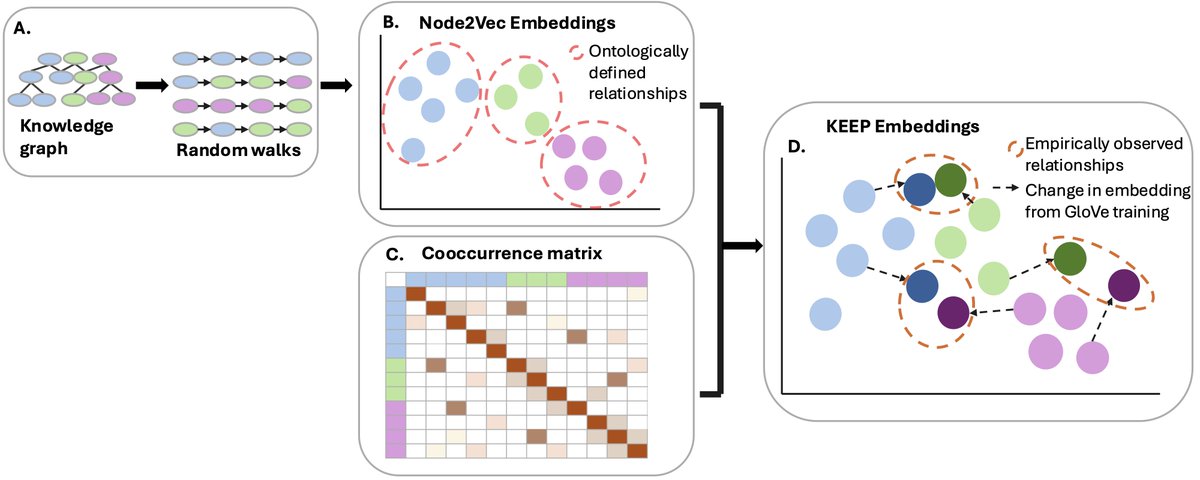



Using simulations & RWD, Sumit Mukherjee shows ML-imputed phenotypes boost GWAS power only when built from upstream biomarkers. Downstream proxies inflate FDR, & high predictive R2 can mislead—genetic vs. environ. correlation matters. Pick proxies w/ causal insight! #CHIL2025papers



New at CHIL! Authors propose a contrastive pretraining method for stress detection using multimodal data (wearables + surveys). Our CLIP-style framework boosts performance under limited labels on LifeSnaps & PMData. Zeyu Yang Akane Sano Rice Electrical & Computer Engineering #CHIL2025papers
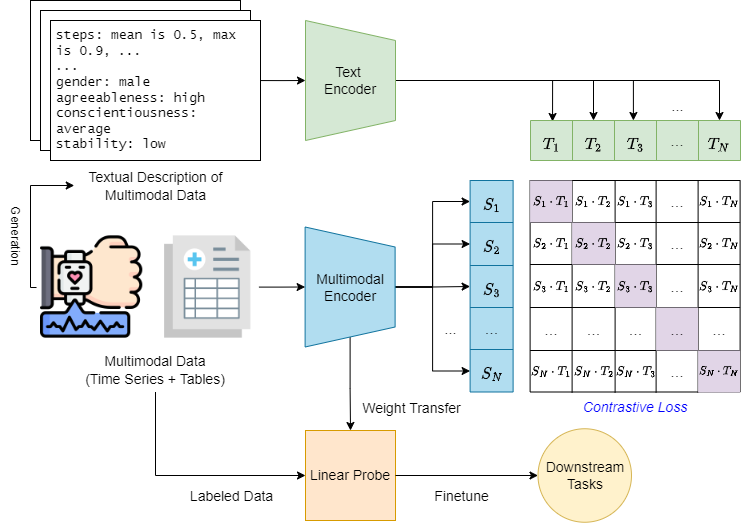

Introducing Time2Lang, a framework bridging Time-Series Foundation Models & LLMs for efficient health sensing beyond traditional text prompts. Check out how authors reprogram TFMs & LLMs for mental health! Arvind Pillai, Dimitris Spathis, Subigya Nepal #CHIL2025papers


Excited to highlight Willa Potosnak et al.'s work: a novel hybrid global-local architecture + model-agnostic pharmacokinetic encoder that enables patient-specific treatment effect modeling—significantly improving blood glucose forecasting on large-scale datasets. #CHIL2025 Auton Lab, Carnegie Mellon




